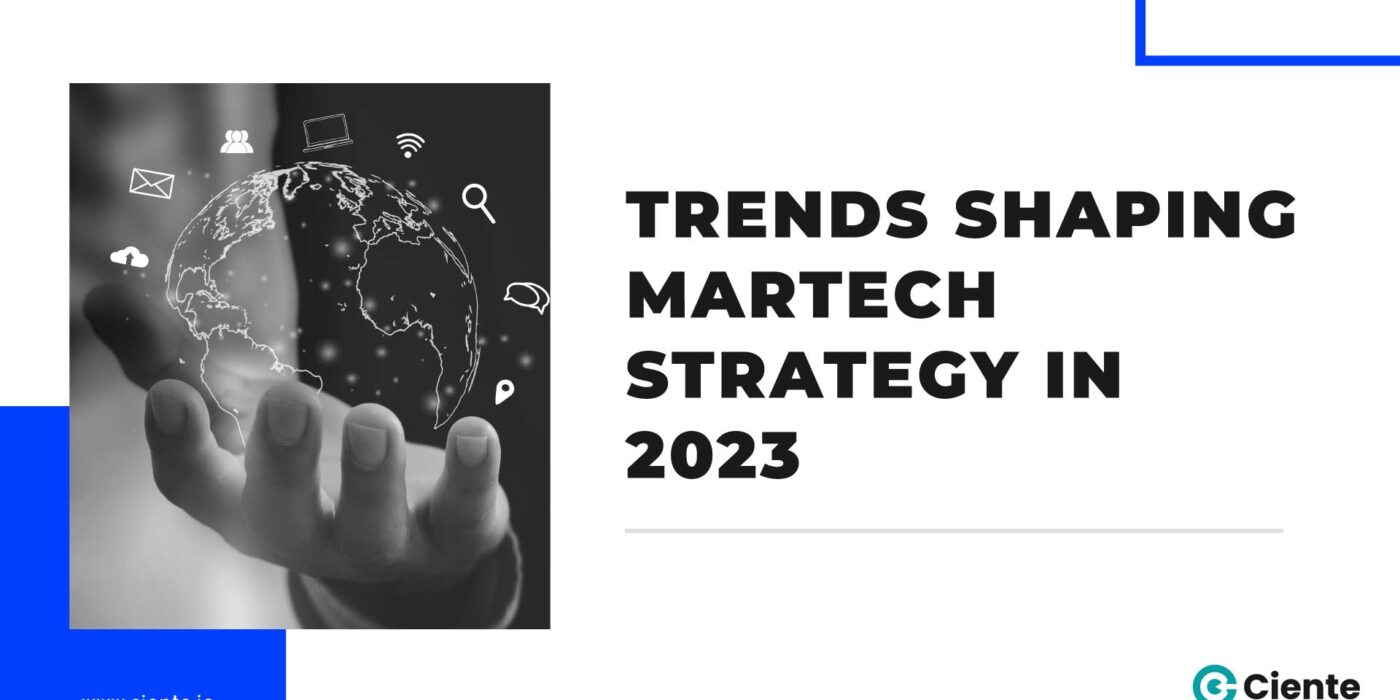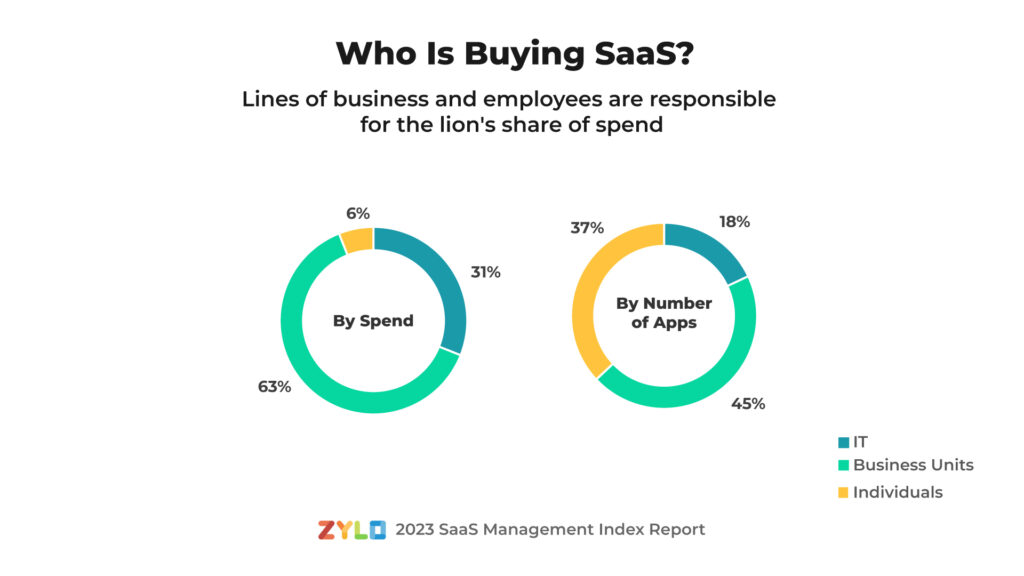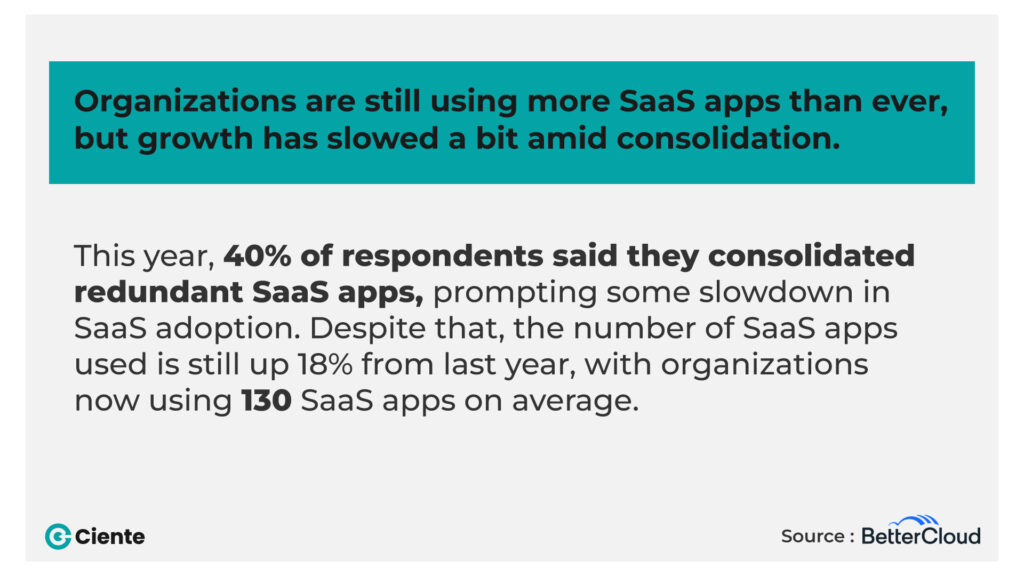Sales Enablement Platforms: Choosing the Right Solution for Your Organization 2023
Explore key factors in selecting the ideal sales enablement platform for 2023 to drive efficiency and amplify your team’s success.
If you’ve been following business news over the last decade, you’ve probably heard the term “sales enablement.” Sales enablement is essential as more companies move to a digital-first approach. With the use of a standard set of resources and processes, this initiative aims to improve lead generation, sales pipeline management, and sale closing. The sales industry will have fully embraced the digital age by the end of 2023. Sales teams can no longer succeed with just cold calling and proposals. Tools like customer relationship management applications, sales management systems, and comprehensive sales enablement platforms are available to them. In this article, we’ll take a look at sales enablement tools, highlighting their benefits and outlining the elements that matter most.
The Evolution of Sales Enablement
You may be wondering why your company needs a sales enablement platform. Well, these systems aren’t simply about keeping up with technologically adept rivals. They present a novel approach to handling sales, boosting productivity, and meeting objectives.
With good sales enablement software, you can see every aspect of the selling cycle. It consolidates the features of numerous sales apps into a single user-friendly interface. It reduces mundane administrative work so your sales teams can concentrate on closing deals.
Furthermore, these platforms provide a novel setting in which to onboard and educate sales staff. Your staff will be ready to wow potential consumers with cutting-edge sales techniques and information thanks to their efforts. Successful sales strategies always include a sales enablement platform.
Why Use a Sales Enablement Platforms ?
How often have you found a useful product or appliance and thought to yourself, “How did I ever get by without this?” If you have this question, you might want to learn more about sales enablement tools. The sales landscape has always been complicated because of the constant need to balance a variety of resources, pieces of information, and methods. This is where sales enablement platforms are most useful.
All Your Sales Tools in One Place
The sales enablement platform is the equivalent of a Swiss Army knife for your sales force. The days of juggling different tools, losing track of information across multiple tabs, and generally feeling disorganized are over. Now picture all of your resources—customer relationship management, high qualified lead management, and analytics—in a single, convenient bundle. The goal is to ensure that your staff complements rather than fights against technology, so it’s not simply about ease of use.
Get More Done, Faster
According to Hubspot, over 50% of the salespeople’s time is lost on ineffective prospecting. Time is more than just money in the sales business; it’s also the currency of building rapport, learning about customers’ wants and requirements, and ultimately making a sale. Using a sales enablement platform, you can streamline or automate activities like data input and email follow-up that used to take hours but now take minutes. It’s like having a reliable assistant who understands exactly when to step in, allowing you to focus on things like cultivating relationships with clients.
Quick and Easy Training
Think back to your first week or so on the job. Information overload, worried about making mistakes, and excitement before making a sale for the first time all at once? These days are precisely why sales enablement solutions exist.
Recent studies show that over half of all sales managers report feeling too busy to invest in employee training and development. For this purpose, these platforms are ideal.
Training modules, knowledge bases, and interactive sessions help new team members get up to speed quickly and confidently. But what about the seasoned pros? Well, they can always benefit from a refresher course or familiarization with the latest developments in the field.
Teamwork Makes the Dream Work
This classic saying holds truer than ever for modern marketing and sales departments. Sales enablement platforms mediate between marketing and sales by providing a central hub for the exchange of information and insight. It’s not simply about pooling resources; it’s also about establishing a cadence, a coordinated effort in which both groups move in step with one another, coordinating their messages to the client at all times.
Let the Numbers Talk
If you ever find yourself in a position where you need to defend a strategy or direction in a meeting, you will quickly realize the significance of statistics. It’s not all about the numbers; the stories they convey are crucial, too. Sales enablement tools equip you with analytics you can use to back your decisions, anticipate trends, and adjust course as needed. In an era where data is the new gold, you might think of these services as your own private vault.
What Should You Look for in a Sales Enablement Platform?
Keeping up with the competition in today’s sales environment requires sales teams to have access to resources designed specifically for them. When it comes to assisting salespeople in their interactions with customers and prospects, a sales enablement platform is invaluable. You must take into account the following criteria while assessing a sales enablement platform:
1. Ease of Integration
It is crucial that your sales enablement platform easily connects to your current CRM and other digital tools. Your sales staff will always have instant, complete access to the relevant information thanks to this streamlined communication system.
2. Content Management
Implementing a powerful content management system equips your sales staff with the means to quickly identify, organize, and share relevant content with prospective clients. In addition to helping you track the success of your material, this instrument can shed light on the tastes of your niche demographic.
3. Training and Onboarding
Finding a system with good training and onboarding options is crucial. Everyone in the company can benefit from this training strategy since it helps new hires learn quickly and promotes consistency.
4. Analytics and Reporting
Having a reliable analytics and reporting system in place is crucial for keeping track of your leads, opportunities, and deals. Sales managers could utilize this data to provide tailored training to their staff.
5. Collaboration Tools
In today’s fast-paced world, you want your team to be on the same page, always. To do this, it is necessary to use a medium that goes beyond simple communication to promote actual collaboration.
6. Personalization and Automation
A platform that not only lets users tailor their interactions with customers but also simplifies and automates the mundane, time-consuming tasks that might get in the way is the one you should look out for. This results in less time spent on monotonous administrative activities and more time spent on meaningful interactions with clients.
7. Compliance and Security
In an age where data breaches make headlines, robust security isn’t optional; it’s vital. Not only is there value in preventing damage, but also in preventing violations of the law and other regulations.
8. Scalability
Pick your platform with an eye toward the future as well as the present. Make sure your platform can handle, and even thrive with future business expansion.
9. Technical support
problems can arise with even the best equipment. This may be an issue with the platform itself or with the way your team is attempting to use it. If you or your team ever hit a snag, you should be able to reach out to the platform’s helpful customer support staff at any time of day or night.
10. Cost
The price of the platform is obviously a key factor. However, the most important thing is the value the platform provides. Seek out a system that offers first-rate functionality at a price that doesn’t break the bank.
Conclusion
We anticipate sales enablement platforms to reach even greater heights of success in the coming year of 2023. Therefore, now is the time to make an investment in them and locate one that is a good fit for your company. You should be on the lookout for a sales enablement platform that incorporates analytical, collaborative, and flexible capabilities to help you expand your organization. Having a solid foundation in place can help your business run smoothly and quickly expand into other areas.








